Tracing Shapes Worksheets Activities With Answers for 6-Year-Olds
16 filtered results
-
From - To
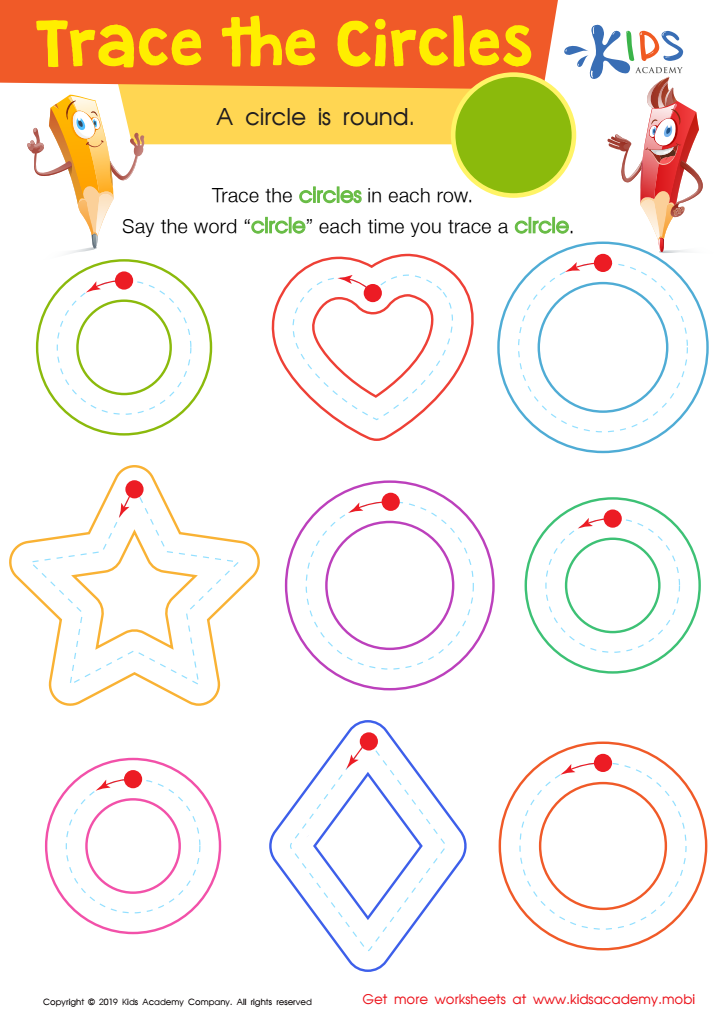

Trace The Circles Worksheet
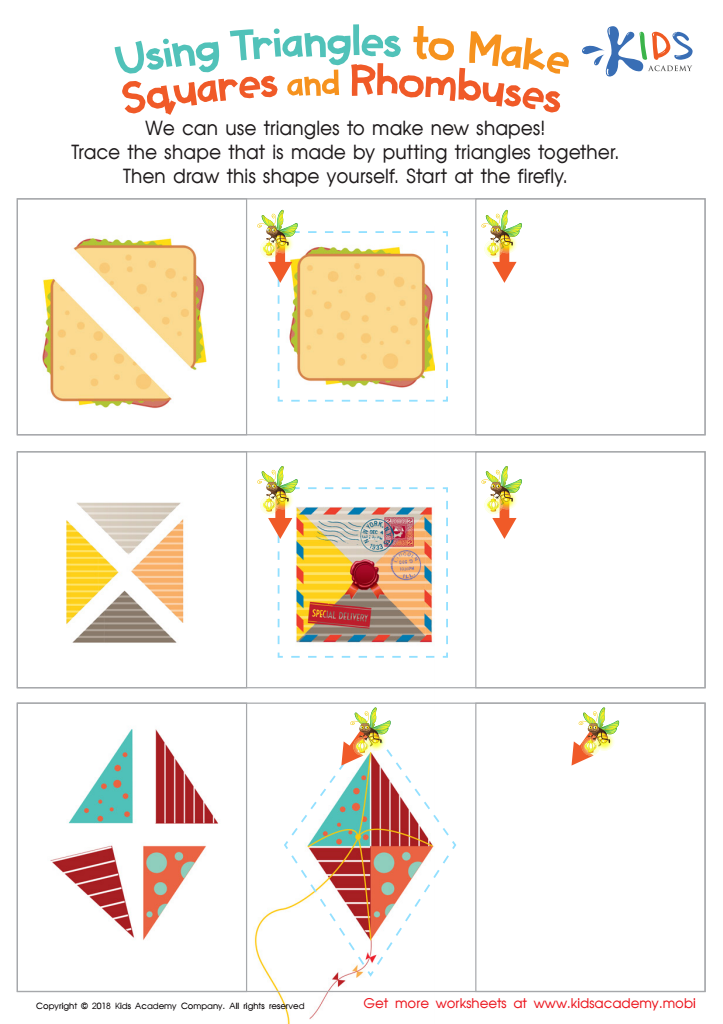

Using Triangles to Make Squares and Rhombuses Worksheet
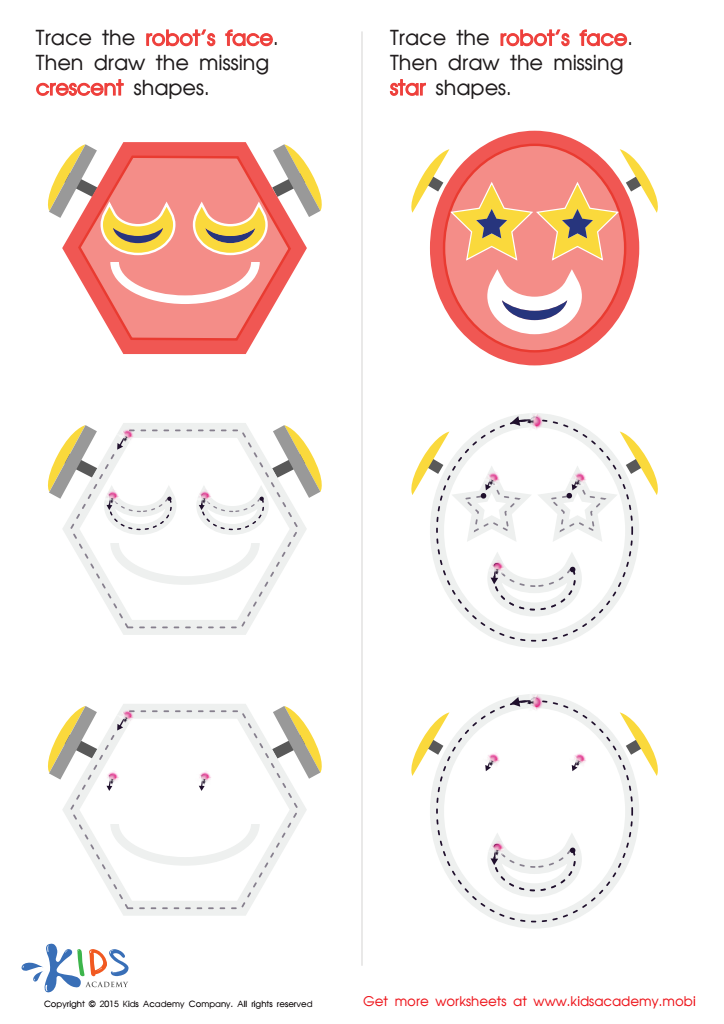

Composing a Robot's Face of Crescents And Stars Worksheet
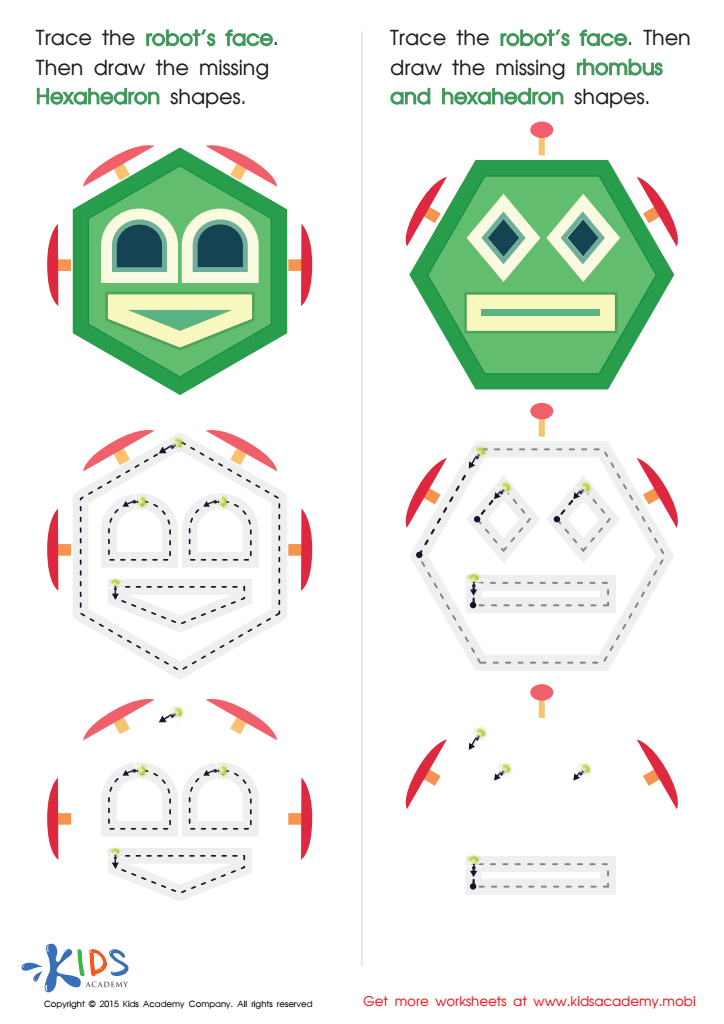

Practice Drawing Hexahedrons And a Rhombus Worksheet


Drawing a Triangle Worksheet
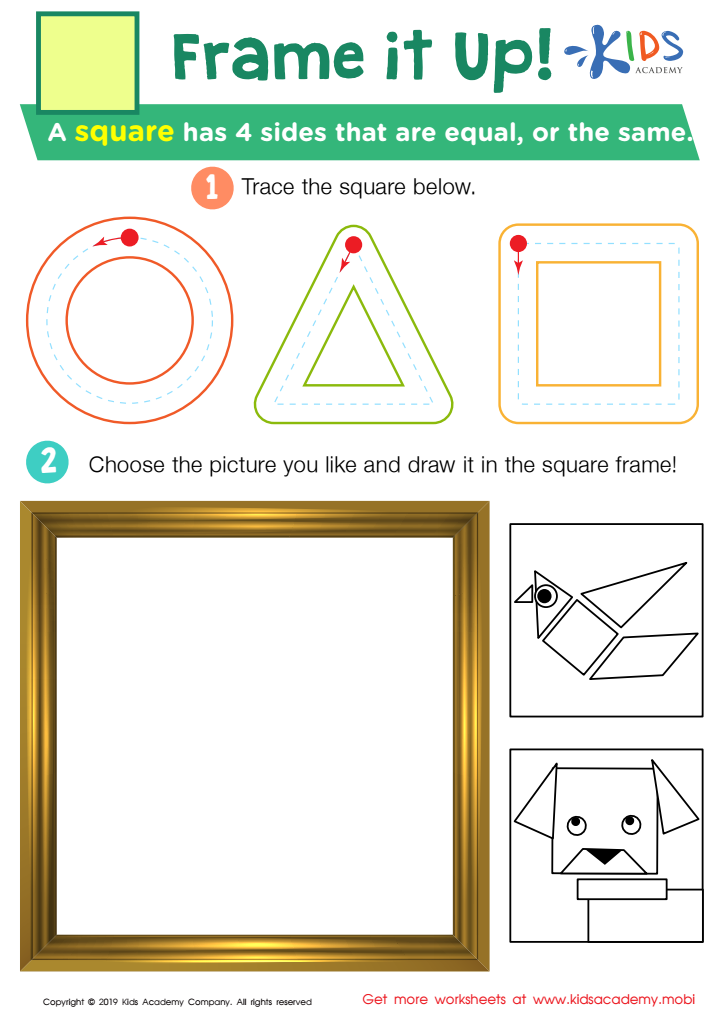

Frame it Up Worksheet
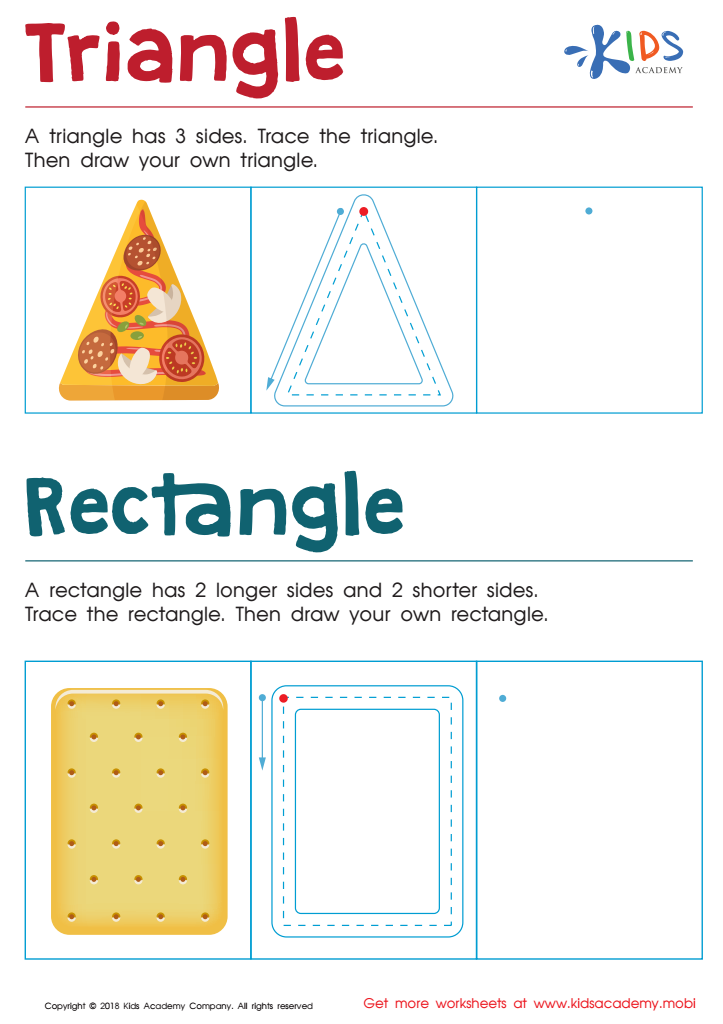

Triangle Rectangle Worksheet
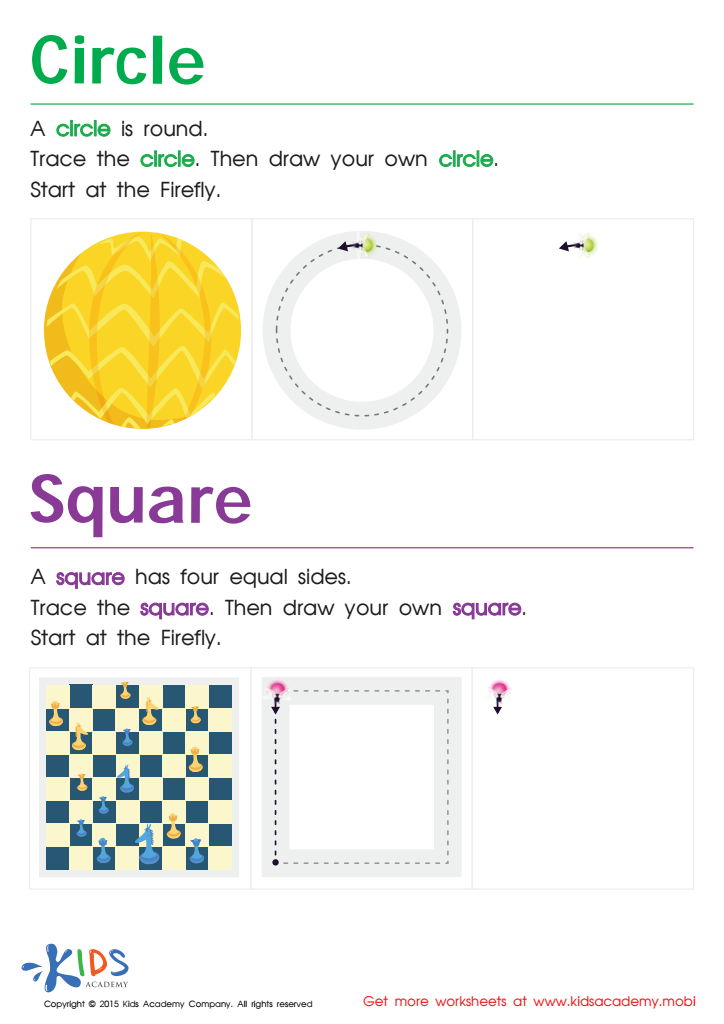

Trace And Draw a Circle And a Square Worksheet
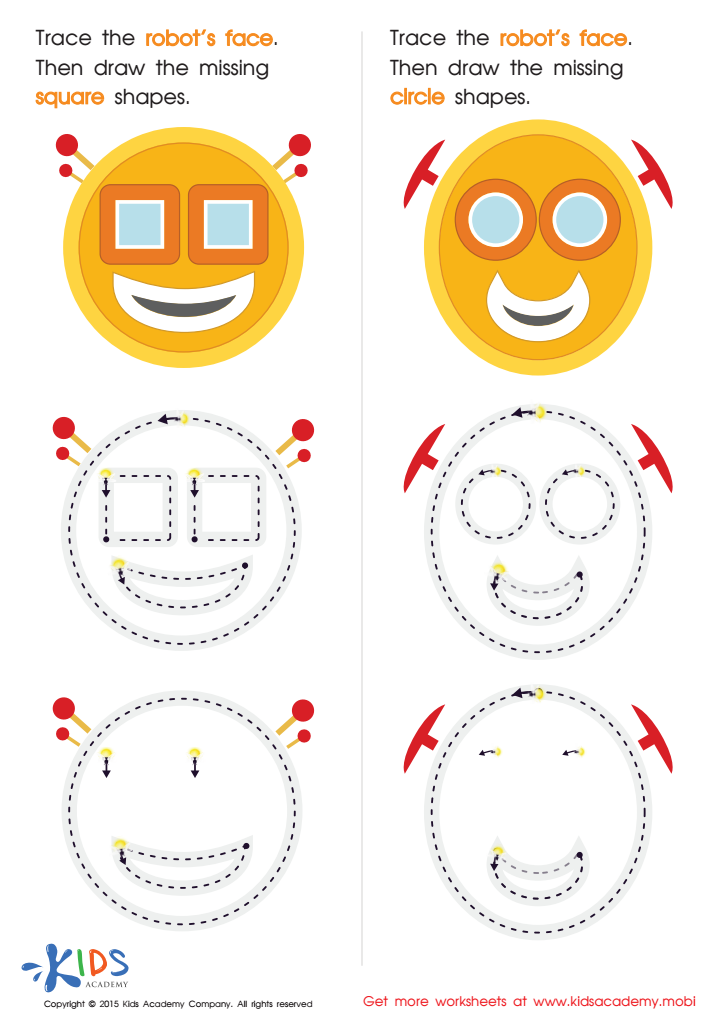

Practicing to Draw Circles And Squares Printable
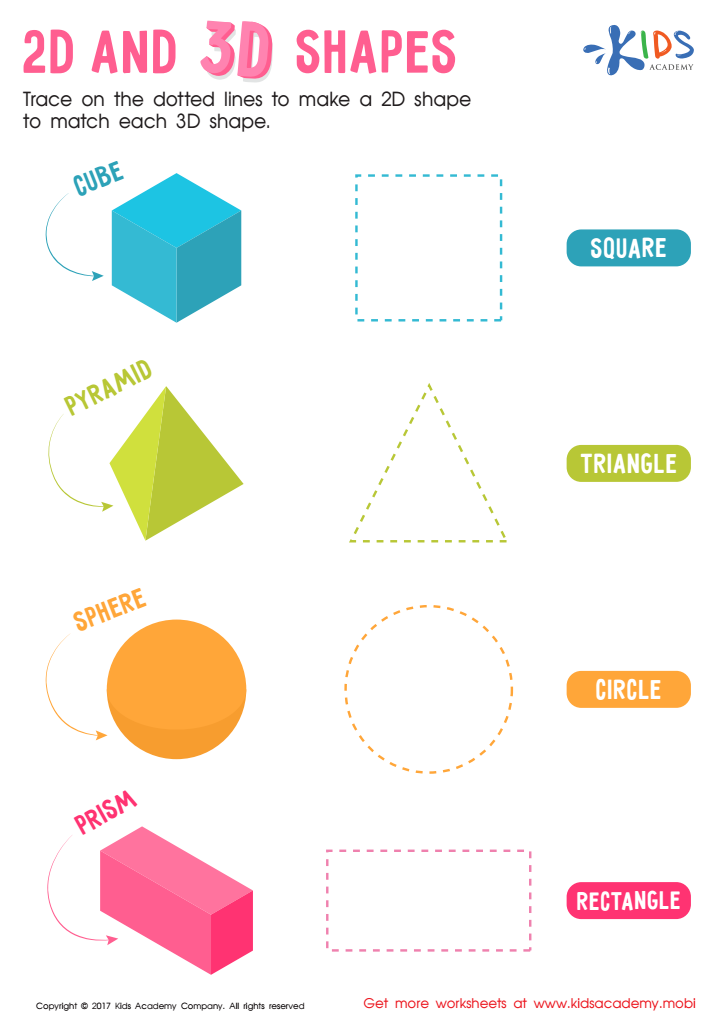

2D and 3D Shapes Worksheet
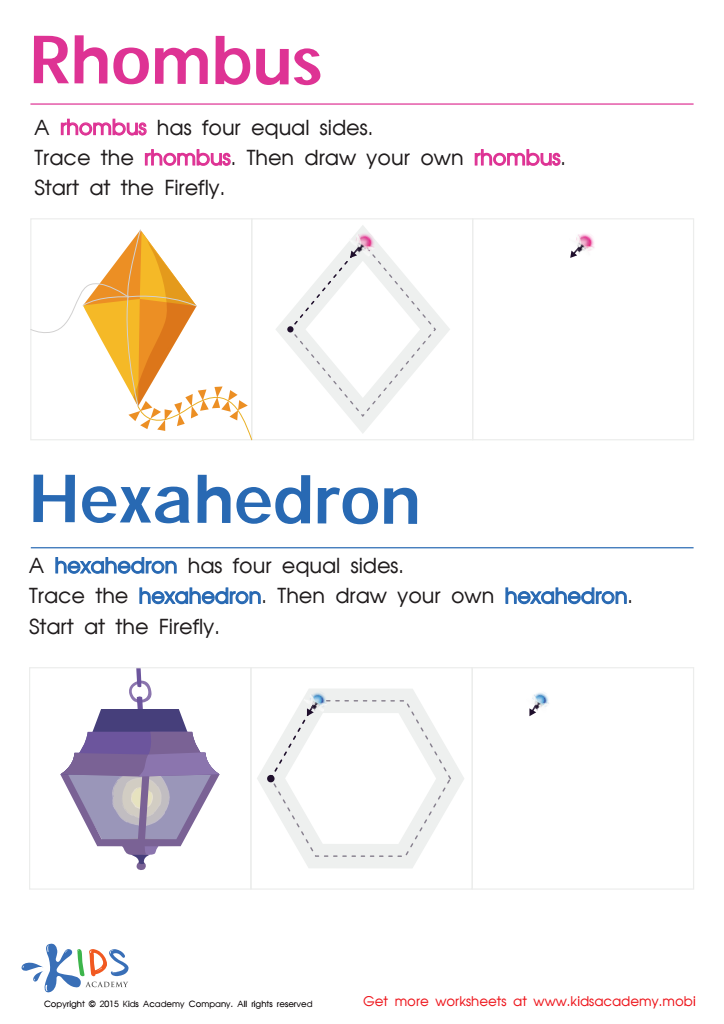

Draw a Rhombus And a Hexahedron Printable


Learning to Draw Crescents And Triangles Worksheet


Trace and Draw More Shapes Worksheet
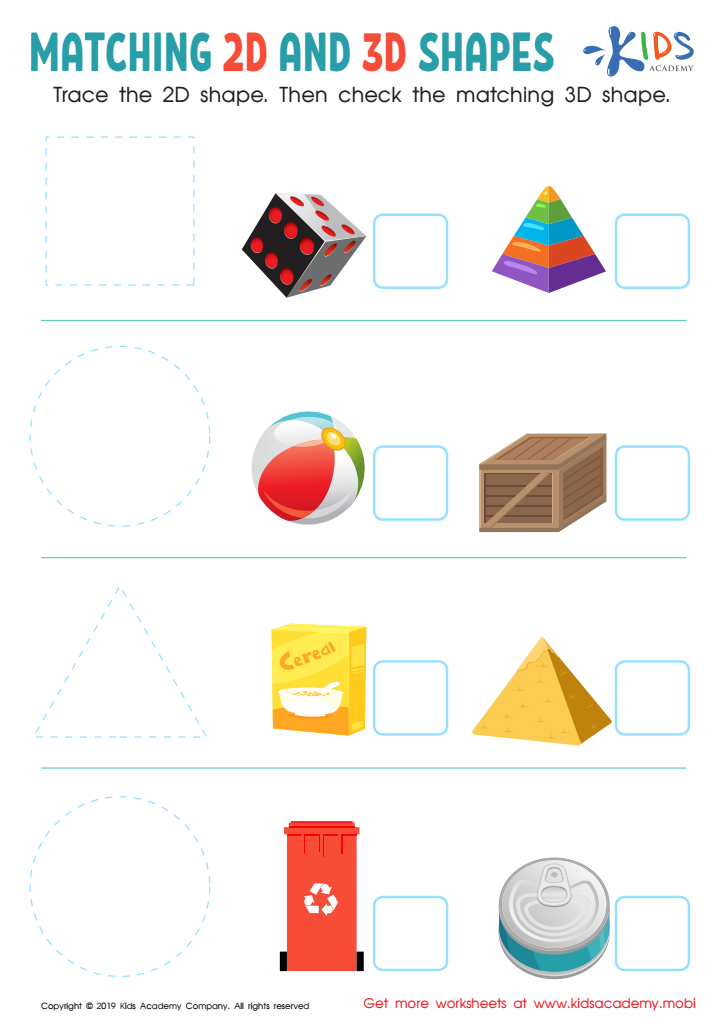

Matching 2D and 3D Shapes Worksheet
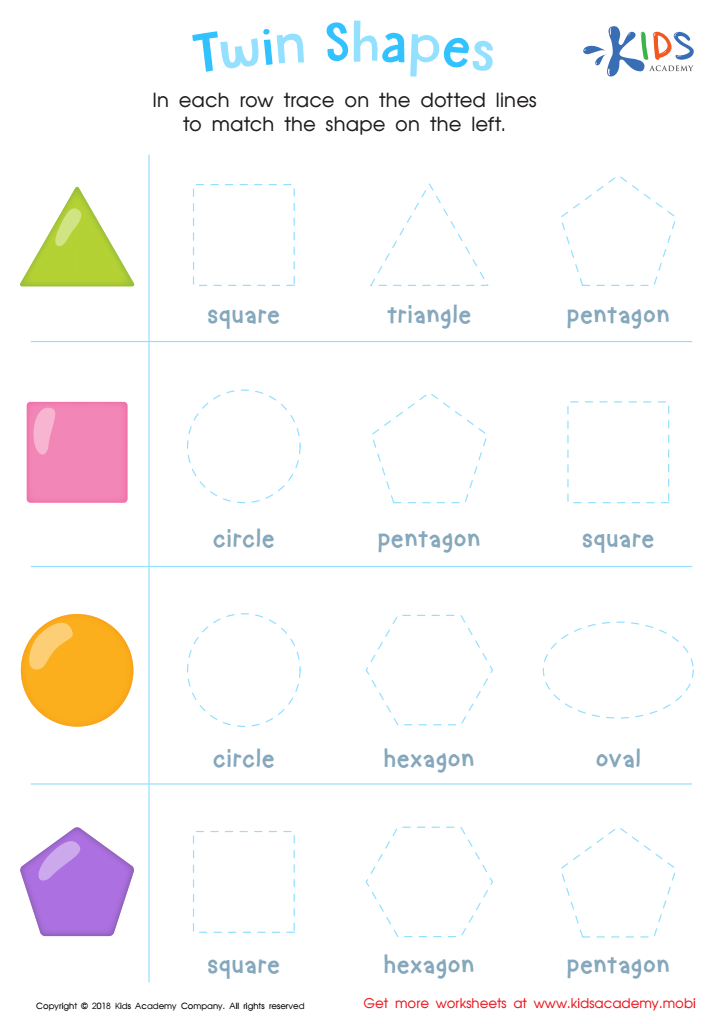

Twin Shapes Dot-to-Dot Worksheet
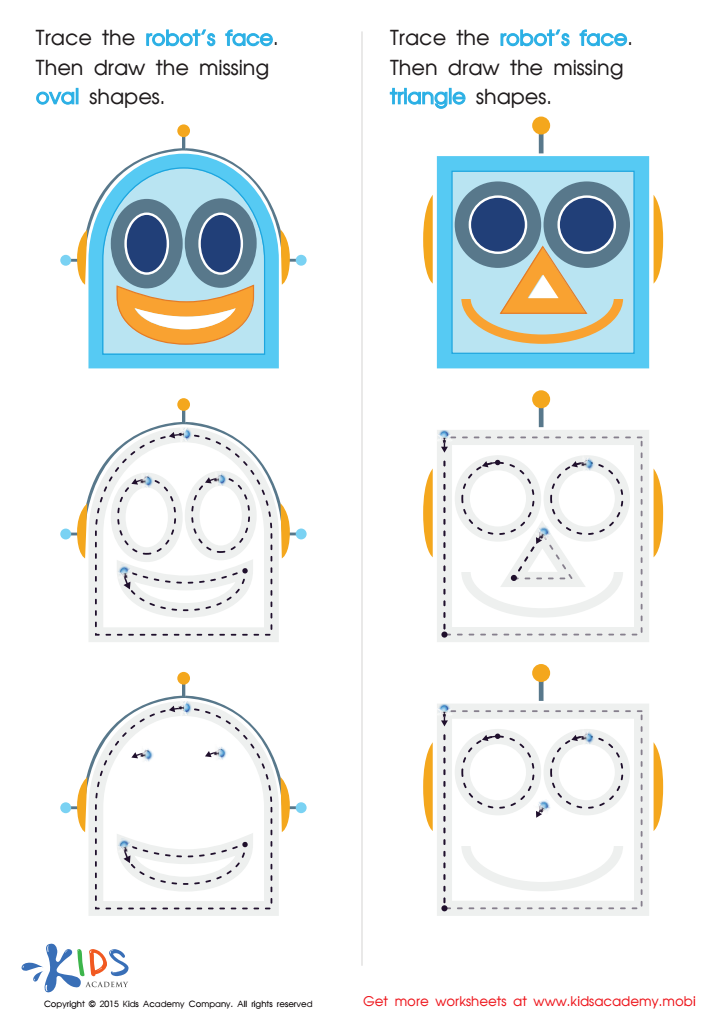

Drawing Ovals And Triangles with Fun Printable
Tracing Shapes Worksheets Activities with Answers stand as an invaluable resource in the foundational stages of childhood education, especially in the realm of geometry and fine motor skill development. These activities are meticulously designed to introduce young learners to the world of shapes, offering a hands-on experience that is both educational and entertaining.
The primary advantage of incorporating Tracing Shapes Worksheets Activities with Answers into early education is the development of fine motor skills. As children trace the outlines of various shapes, they engage in a focused activity that requires precision and control. This act of tracing strengthens hand-eye coordination, paves the way for successful handwriting skills, and builds the dexterity necessary for daily activities.
Moreover, these worksheets serve as an engaging method to familiarize children with basic geometric shapes. By tracing circles, squares, triangles, and more, young learners begin to recognize and differentiate between these forms, laying a solid foundation for more complex mathematical concepts in the future. Understanding shapes is not only crucial for geometry but also enhances spatial reasoning and problem-solving skills.
Another significant benefit of Tracing Shapes Worksheets Activities with Answers is the immediate feedback provided. With answers included, children can independently verify their work, fostering a sense of accomplishment and encouraging self-learning. This aspect of the worksheets promotes confidence in their abilities and motivates them to tackle more challenging tasks.
Additionally, these worksheets are versatile resources that can be adapted to various learning environments – from classrooms to home schooling setups. They are especially beneficial in creating an interactive learning experience that can keep children engaged and focused, making the learning process enjoyable and effective.
In conclusion, Tracing Shapes Worksheets Activities with Answers are not just simple exercises; they are powerful tools in the early educational journey of children. By developing fine motor skills, introducing basic geometric concepts, providing immediate feedback, and offering versatile learning opportunities, these activities play a crucial role in shaping a child's academic and developmental progress.
 Assign to My Students
Assign to My Students






















